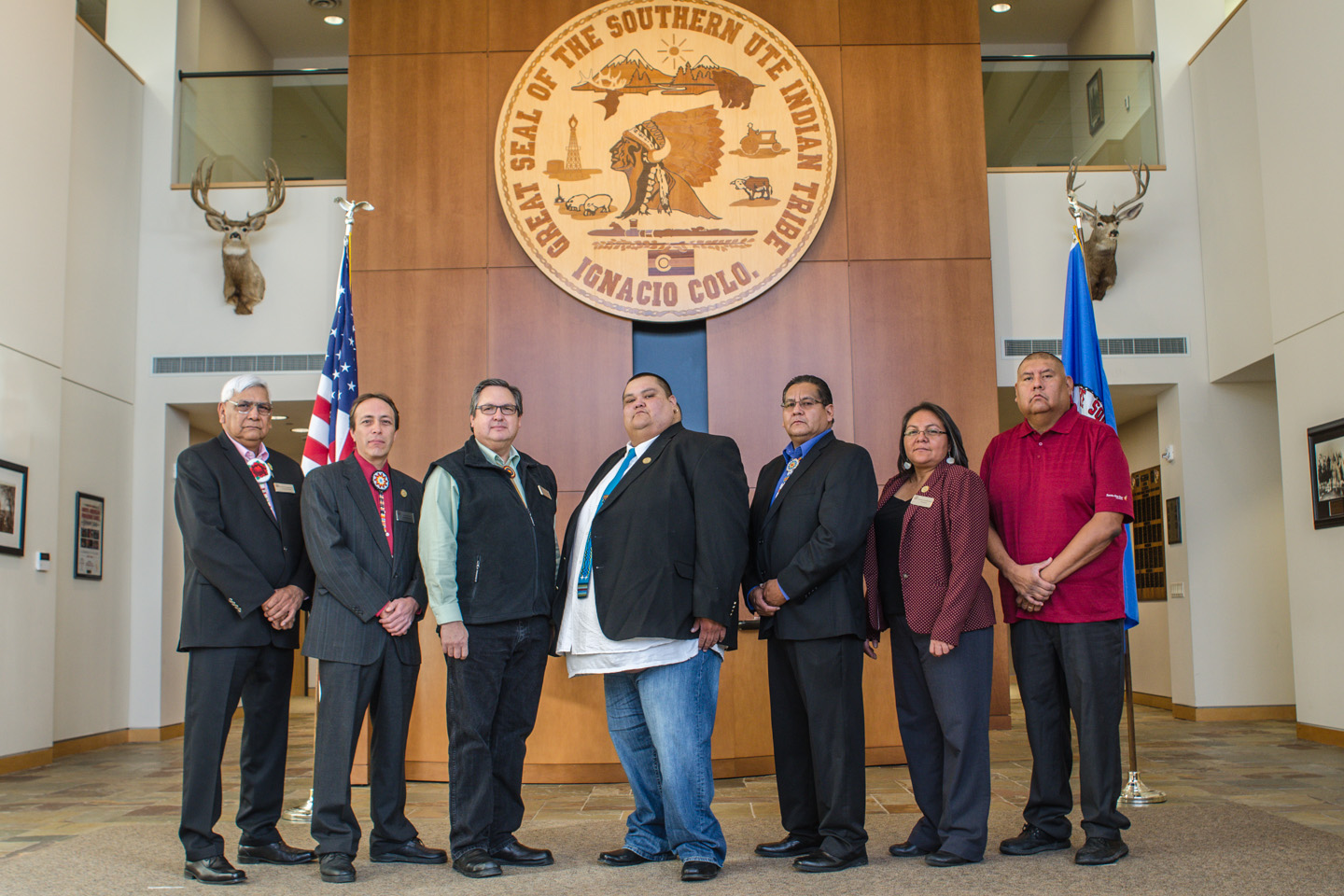The Southern Ute Tribal Council has been involved in many projects over the past three years in an attempt to improve its own operations and that of the tribe as a whole. Tribal Council has identified a need to “elevate” its own functions so it can focus on higher-level issues, tribe-wide, rather than the day-to-day functions of the Permanent Fund.
One particular project Tribal Council has initiated to assist this effort is identifying core government functions of the Permanent Fund.
Tribal Council reviewed all programs in the Permanent Fund to determine the relationship between the program and the core government functions of the Permanent Fund while keeping in mind the guiding principles of the Tribal Council and how these programs align with those principles.
The guiding principles are derived from the Tribal Constitution which has six functions to serve the membership; self-governance, protection of natural resources, interaction with the federal government, administer justice, health and general welfare, fiscal management and administration.
From these six functions the Tribal Council identified four guiding principles. The first, promote sovereignty, maximize self- governance, and minimize federal oversight.
Secondly, utilize tribal resources in a sound manner (accountability, responsibility, efficiency).
Third, reflect culture and traditions of the Tribe and strengthen the knowledge and practice; and last, promote quality services, benefits and programs and serve the best interest of the membership.
According to Tribal Council Treasurer, Pathimi GoodTracks, identifying core government functions is not a new idea.
“It has been considered by past council’s as one of the only tools to determine how the tribe is currently spending its money, where the tribe should be spending its money, and if the tribe and tribal membership are actually receiving the full benefit of those expenditures,” continued GoodTracks, “this is the first time Tribal Council has completed the process and agrees it will be an effective tool once everything is in place.”
Tribal Council took a survey to rank programs provided, relative to the core government activities of the constitution. From these rankings, Tribal Council and the administration can focus on opportunities for modification to increase the value of services and programs to the membership.
Monte Mills, director of the tribe’s Legal Department, has been instrumental in guiding Tribal Council through this process.
“Tribal Council allocated twenty hours a week, for two weeks, a half-a-day everyday to rank all of the programs that are provided by the Permanent Fund. It is consistent with Tribal Council’s objective of elevating and making everything more efficient.”
Currently, the Permanent Fund government services have been ranked on a scale from one to five, with one being the highest and five the lowest.
Once the results are assessed, through the administration, Tribal Council can deliver these results to the staff based on the rankings, so when departments are outlining budgets, these rankings and guiding principles will help them define where the needs are within that particular program.
According to Acting Chairman, James M. Olguin, keeping the guiding principles in mind should become a natural part of the budget process.
“The process should be done every three years so budget owners automatically know what we expect. This will help us define what programs need to be reconstructed or eliminated based on the services it’s providing to the membership. This can also open up opportunities for us to add or expand on services that might serve the membership in ways we haven’t thought of yet,” Olguin said.
GoodTracks acknowledges that there may be some hiccups in the process to begin with, but overall it is a good exercise for the Permanent Fund.
“It may take the revision of departmental missions, reprioritizing the type of work and how it is performed, and/or review of current projects to ensure alignment is being achieved,” continued GoodTracks. “In any case, it will be necessary for tribal administrations to track the progress of these operations so any challenges encountered are quickly addressed, and to ensure they stay on course throughout the coming years.”

